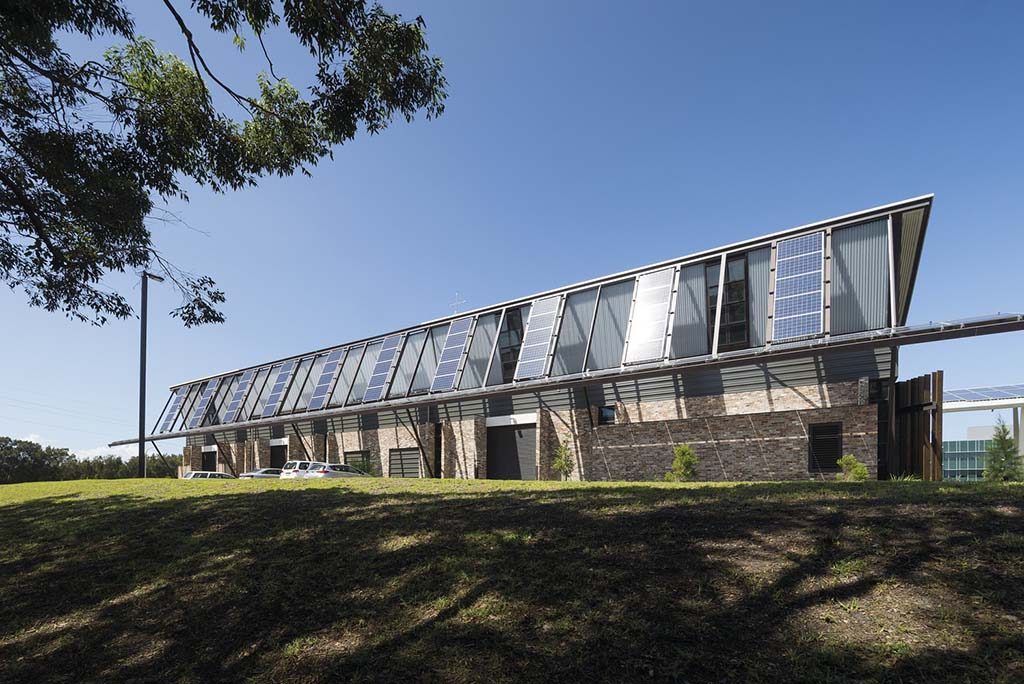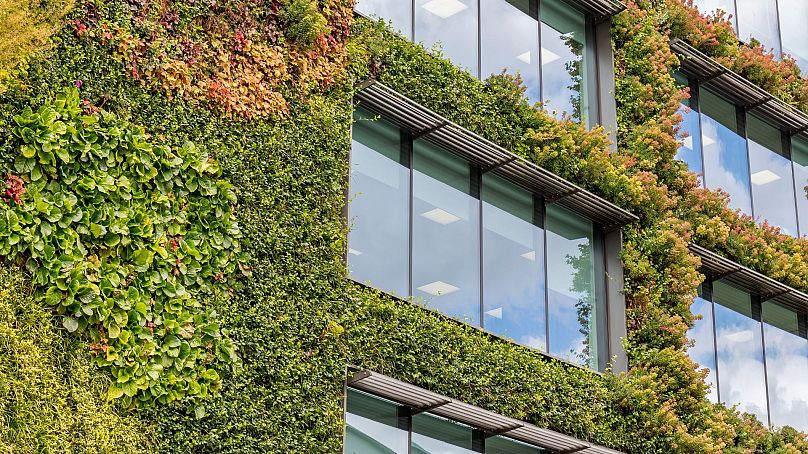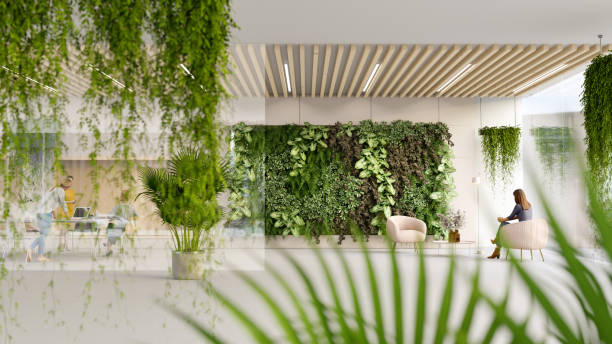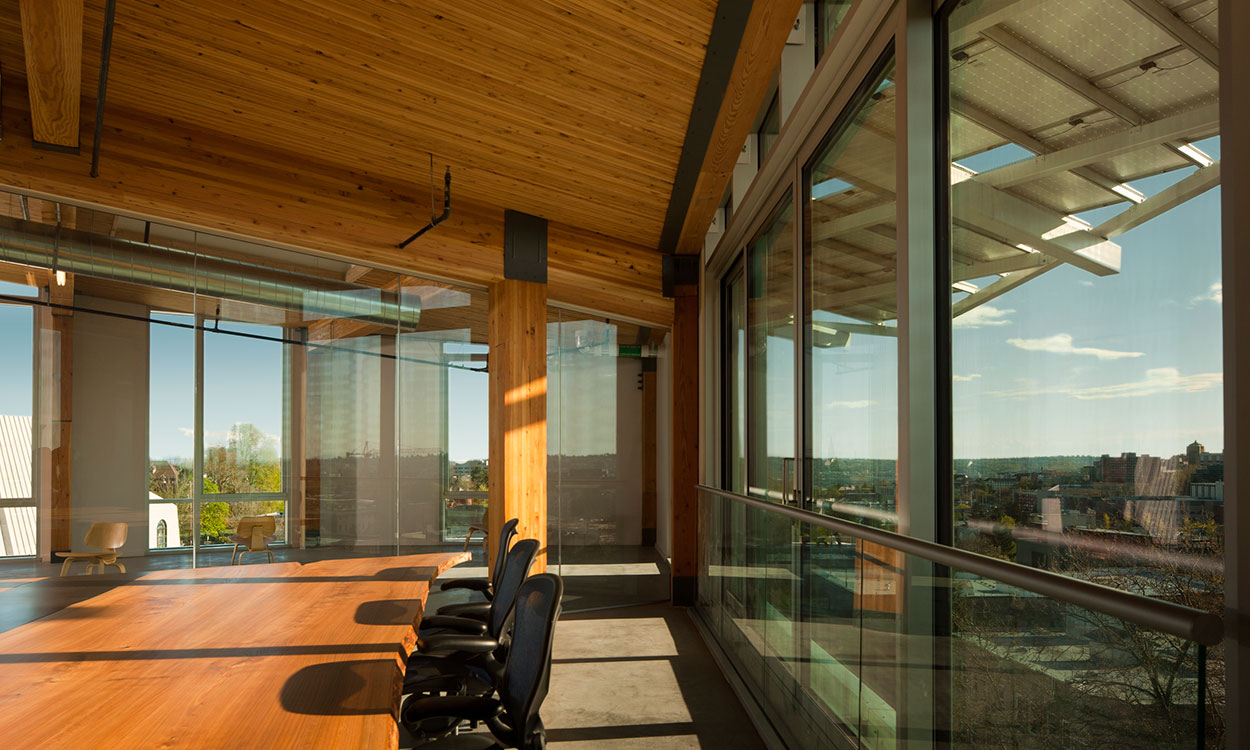The concept of sustainable building design tips is gaining significant attention as more homeowners and real estate developers strive to make environmentally conscious decisions. With the increase in environmental awareness, the need for buildings that are energy-efficient, resource-saving, and eco-friendly is becoming more critical. Implementing these tips can greatly improve the quality and efficiency of your construction projects.
In this article, we will discuss various sustainable building design tips that can help you build more efficiently. By adopting these suggestions, you can reduce the environmental impact of your building projects while also creating a healthier indoor environment.

Understanding Sustainable Building
Sustainable building refers to creating infrastructure that focuses on minimizing the environmental impact while conserving natural resources. This approach takes into account the entire lifecycle of a buildingfrom planning and construction to operation, maintenance, and eventual demolition. For more insights, refer to this USGBC article on the benefits of green building.
Benefits of Sustainable Building Design
Sustainable building design offers multiple benefits, including reduced energy consumption, lower utility bills, improved indoor air quality, and a positive environmental impact. Buildings designed with sustainability in mind often require less maintenance and provide greater comfort for occupants.
Furthermore, sustainable design enhances the property value and allows developers to appeal to environmentally conscious buyers. To understand more about these benefits, explore this green construction benefits guide.
Energy Efficiency
Improving energy efficiency is crucial in sustainable building design tips. Incorporating energy-efficient appliances, lighting, and HVAC systems can make a huge difference. Additionally, incorporating natural light and ventilation can reduce dependency on artificial lighting and air conditioning.
Renewable Resources
Utilizing renewable resources such as solar panels for energy production and rainwater harvesting systems can significantly reduce a building’s carbon footprint. Leveraging renewable resources not only conserves natural resources but also helps in ensuring energy security.
Material Selection
Choosing eco-friendly materials is a fundamental aspect of sustainable building design tips. Opt for materials with lower embodied energy, recycled content, and those sourced locally. Additionally, the use of non-toxic and durable materials can ensure long-term sustainability of your building project.
Site Selection and Planning
Your site selection plays a crucial role in the sustainability of a building. Favor locations that require minimal disruption to natural habitats and have access to public transport to encourage sustainable commuting options. Consider employing techniques like permaculture and xeriscaping in your landscape design.
Water Conservation
Reducing water usage is a vital component of sustainability. Implementing water-saving fixtures, such as low-flow toilets and faucets, alongside drought-resistant landscaping can considerably decrease water consumption. Explore more diy tips for sustainable building.
Indoor Air Quality
Good indoor air quality is essential for occupant health and comfort. Utilize materials and finishes that have low VOC emissions and provide adequate ventilation in design plans. Regular maintenance of HVAC systems is also crucial to ensure clean air.
Waste Reduction
Creating plans for minimizing waste during construction can have long-term benefits. Encourage practices such as recycling construction debris and choosing reusable or recyclable materials.
Sustainable Building Certifications
Consider obtaining certifications like LEED or the Green Building Standard to showcase your commitment to sustainability. These certifications are recognized markers of a building’s environmental performance.
Financial Incentives and Benefits
Many regions offer financial incentives for sustainability projects, including tax rebates and grants for utilizing renewable energy systems. Investigate these opportunities to offset initial investment costs.
Challenges in Sustainable Building
Despite its benefits, sustainable building comes with challenges, like potentially higher upfront costs and the complexity of sourcing sustainable materials. Overcoming these challenges requires careful planning and innovative problem-solving.
Future Trends in Sustainable Building
The future of building design will increasingly focus on integrating smart technology, utilizing advanced materials, and enhancing resilience against climate change, driving further innovation in the industry.
Building a Sustainable Future
Our world is moving toward sustainability, and embracing green building practices is no longer optional. By incorporating sustainable building design tips, developers and homeowners can create a healthier environment, promoting ecological responsibility and economic savings.
For comprehensive guidance, check out this green construction guide.

FAQs
What are key principles of sustainable building?
Key principles include energy efficiency, water conservation, use of sustainable materials, and designing for longevity.
How can sustainable design save money?
Through reduced utility bills, lower maintenance costs, and higher property values.
What are examples of sustainable materials?
Examples include bamboo, reclaimed wood, recycled metal, and repurposed glass.
This article contains affiliate links. We may earn a commission at no extra cost to you.




